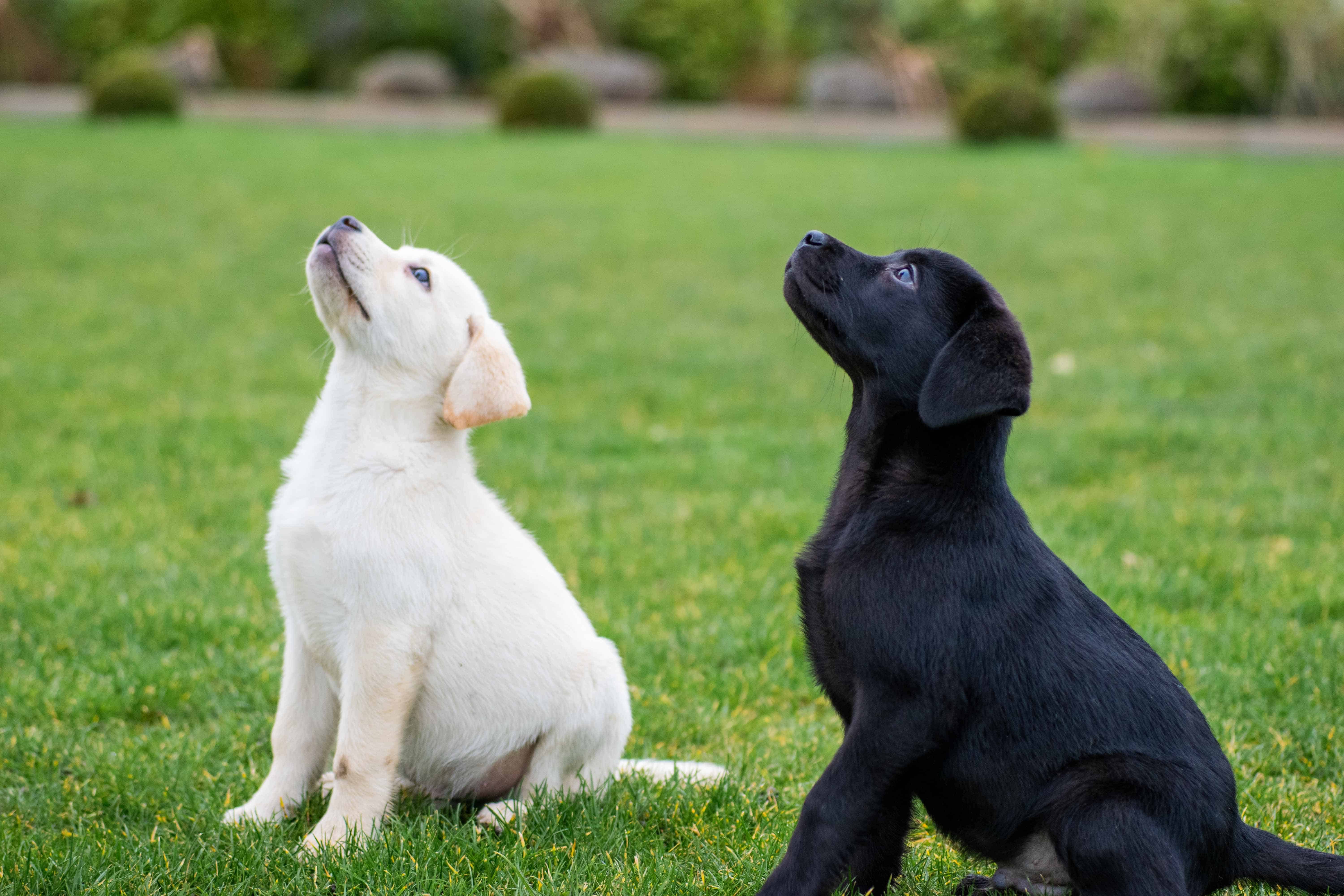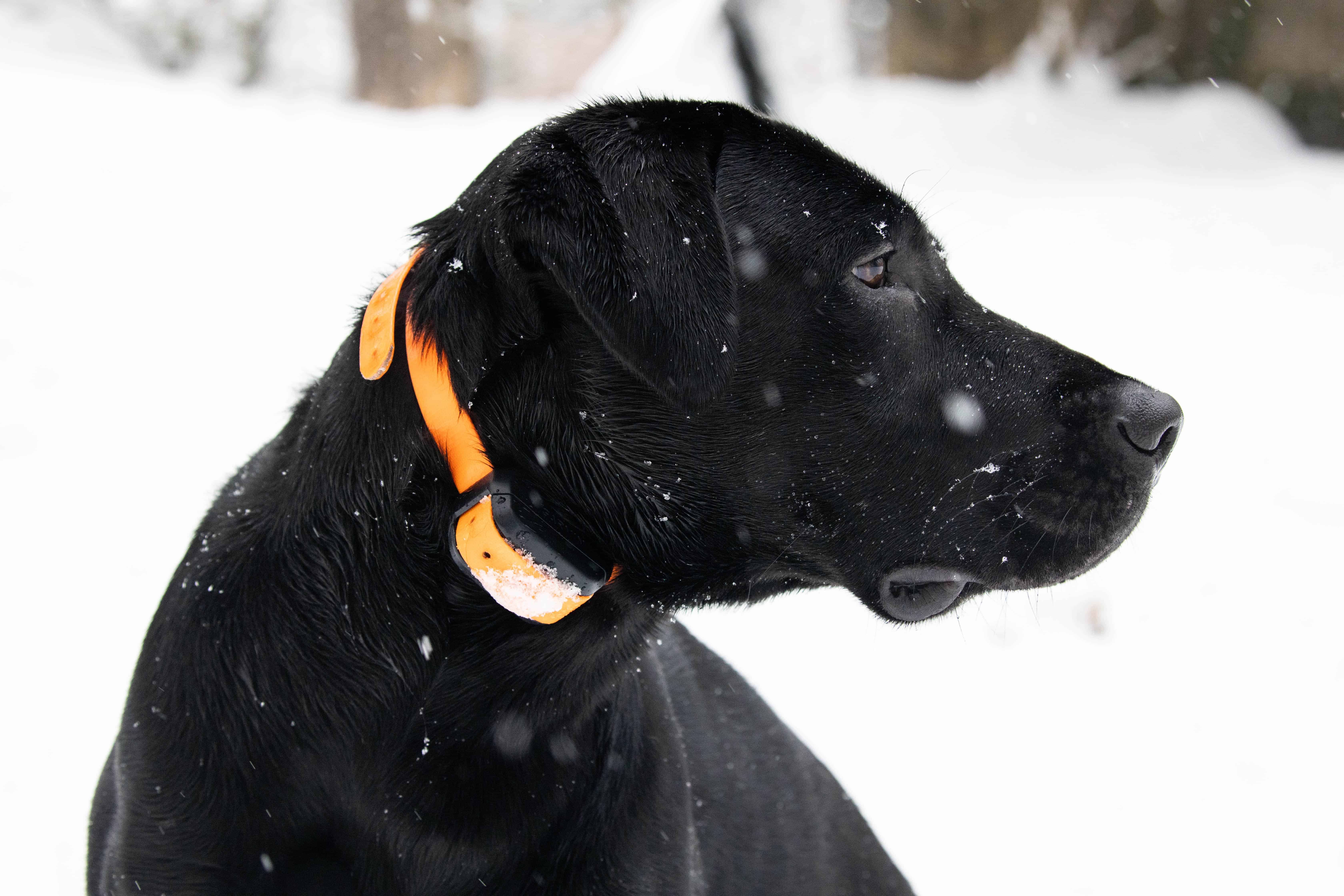Dogs are now considered integral members of our family, and their health and wellbeing has never been more important than it is today. We all want our pups to live healthy, happy and long lifespans – and we all have the ability to have a positive impact on this area of their lives.
If you’re a pet owner, you may think that diet and nutrition has the most significant influence on your pet’s health. To some extent, this is true – food intake acts as the building blocks for new cells, helps our dog’s bodies to heal and grow, and so on.
Nobody is denying that diet shouldn’t be an important consideration – yet there is actually something more pivotal to think about rather than the latest debate over raw food vs. kibble, or which pet supplements are the most beneficial. It goes to the core of your dog’s behavior, and how they perceive the world around them.
We’re talking about physical and mental stimulation.
These two aspects are crucial to your dog’s development into a well-rounded, calmly behaved, and controllable pet. However, these are also often overlooked by the dog ownership community. After all, we’re living busier lives. In a world where many of us are time-poor and juggling multiple responsibilities, how do we find the extra capacity to give our dogs the exercise they crave? (You make time.) How can we create scenarios to provide them with the mental stimulation to stave off boredom and destructive behaviors? (You make time.) Isn’t it enough to just feed them high-grade dog food and be done with thinking about their health? (No.)
Providing your dog with the physical exercise and mental stimulation they require should be non-negotiable as a dog owner – and we’re here to help. In this article, we’ll walk you through why these elements are critical for your dog’s development, and then demonstrate some examples of how you can build them into your everyday routine with your dog.
What is physical stimulation, and why does it matter?
Physical stimulation for your dog is a pretty easy concept to understand. It usually involves some form of exercise for your dog, ranging from activities like a moderate walk, to sprinting after a tennis ball in the local park. It is anything that gets your dog moving around, whether indoors or outdoors, and provides them with exercise that will work their muscles, joints and improve their cardiovascular health.
It is crucial to understand how your own dog’s needs for physical exercise may differ from other dogs. Your dog’s needs can differ based on a number of factors, including:
- Breed – Some breeds – particularly breeds that were used in working activities, such as herding or hunting – need more exercise than others.
- Size – Larger dogs are likely to require more vigorous exercise than smaller breeds; small dogs can actually risk injury from over-exercise.
- Age – Senior dogs may not be able to complete long bouts of physical activity, due to the wear and tear on their bodies. At the other end of the scale, puppies need an outlet for their energy – but can also be overworked as their bodies develop.
- Injuries/health issues – Previous muscle/joint injuries, or health diagnoses, can limit the physical exertion that dogs should undertake.
Building up a bespoke, personalized plan of exercise for your dog can help you to ensure that they get the physical exercise they need, while also preventing injuries or other negative health outcomes.
Examples of physical stimulation
Walking may seem like the most obvious example of physical stimulation – and a good daily walk of 30-45 minutes is an excellent basis for your dog’s physical exercise. However, there are other activities that can also help to build up your dog’s physical strength, such as:
- Playing fetch – If your dog is particularly motivated by toys, such as tennis balls or a frisbee, a game of fetch can inspire them to sprint and retrieve their toy of choice.
- Run/hike with your dog – If you are a runner or like to hike, bringing your dog alongside you can also provide them with a great outlet for physical exercise.
- Agility – Enrolling your dog in an agility class – or even getting your own agility equipment – can be a great way to teach your dog a new skill and encourage them to build strength in their legs.
- Swimming – This activity is ideal for older dogs, or those who are rehabilitating from injuries or surgery. Its low-impact nature means they can get a work out, without straining their joints or muscles.
As many of these activities require you to supervise (or in the case of fetch, and running/hiking, actually taking an active role yourself), they also help to strengthen the bond between dog and owner.
What is mental stimulation, and why does it matter?
Mental stimulation may be one of the most overlooked aspects of dog ownership – yet it is also one of the most critical. The reality is that every pet dog needs some form of mental stimulation. When we define mental stimulation for our pets, it is the act of forcing them to think about a puzzle, problem or situation that helps to build their confidence and give them an outlet for excess (mental) energy.
The best case for mental stimulation are the consequences if it isn’t treated as a priority. Bored dogs are most likely to develop severe behavioral issues – because if they aren’t given mental stimulation, they will find ways to entertain themselves. This can often manifest itself in undesirable behaviors, from irritating ones like chewing on household furniture or digging holes in the backyard, to more dangerous outcomes like aggression or biting.
Dogs who are left at home for long stretches of the day while owners are at work or school are more susceptible to this ‘brain drain’. It is therefore essential to consider how you can build mental stimulation into your regular routine with your dog.
Examples of mental stimulation
There are so many ways to mentally stimulate your dog – it just takes time and planning! Here are just some of the activities you could prepare:
- Dog puzzles and games – There are several dog puzzles and games available, usually involving hiding treats or food, to mentally stimulate your dog. A ‘maze bowl’ can even force them to think when eating their meals and slow down their food consumption.
- ‘Hide the treat’ game – This is a classic game to play with your pup. Shut your dog in a room of your house, then scatter their favorite treats in hiding places around your home. Release them from the room and give them a cue to find their treats.
- Scent work – Building on the same principles as ‘hide the treat’, K9 scent work is an official dog sport which is administered by the American Kennel Club (AKC). In this event, dogs search for essential oils, including clove, birch and anise.
- Teach your dog a new skill – Whether it is obedience training, trick training or a specialized dog sport, teaching your dog new behaviors is a guaranteed way to exercise their mind.
- Introduce your dog to new experiences – New people, new places, new dogs. New everything. You don’t need to overwhelm your dog, but introducing them to new experiences once in a while is sure to get them thinking.
Some of these activities take just a matter of minutes to set up, and many mental stimulation activities can be done from the comfort of your home. There’s no reason why you can’t start implementing some of these ideas straight away.
In conclusion
The great thing about physical and mental stimulation is that they often work in tandem. Taking your dog on a hike to a new place? That’s both physical stimulation and mental stimulation. Signing your dog up for search and rescue training? They’re going to be running through fields and woods (physical), but they’ll be using their olfactory system and brain to problem-solve and find missing people (mental).
The key takeaway is to make sure that you are providing these outlets for your dog. As humans, if we sat around at home all day, essentially just eating, sleeping and looking out the window, we would very quickly deteriorate – both physically and mentally. It is the same for our dogs.
Depriving dogs of the opportunities for physical exercise and mental workouts can result in poorer behavioral outcomes – and that ultimately has a huge impact on the quality of life for you and your dog. So take a moment to think about your routine, and how you can work these activities into your dog’s life. They – and you – will be grateful that you did.




